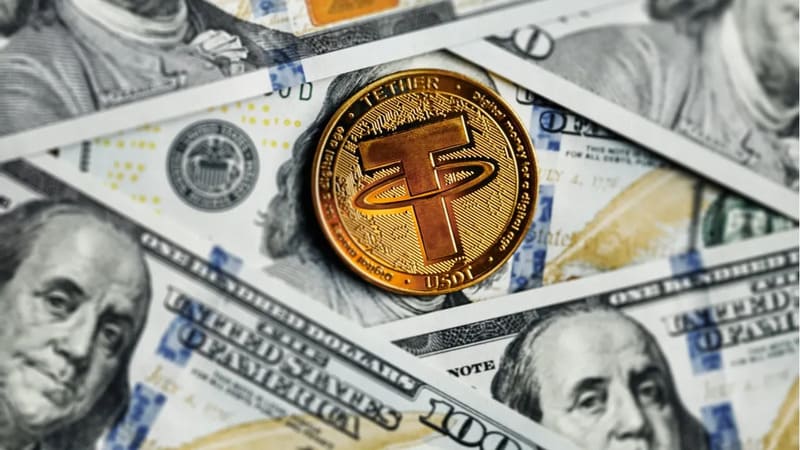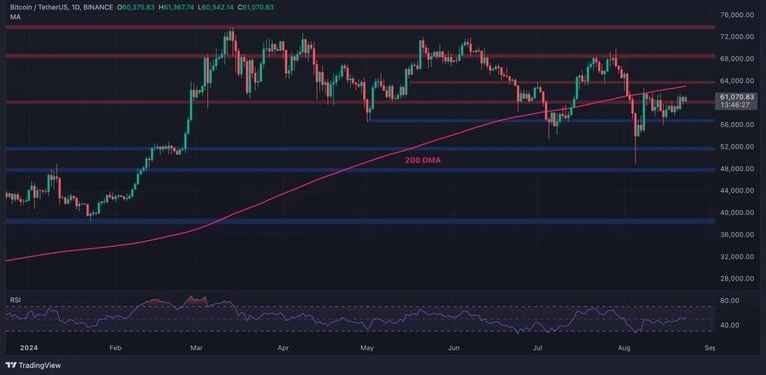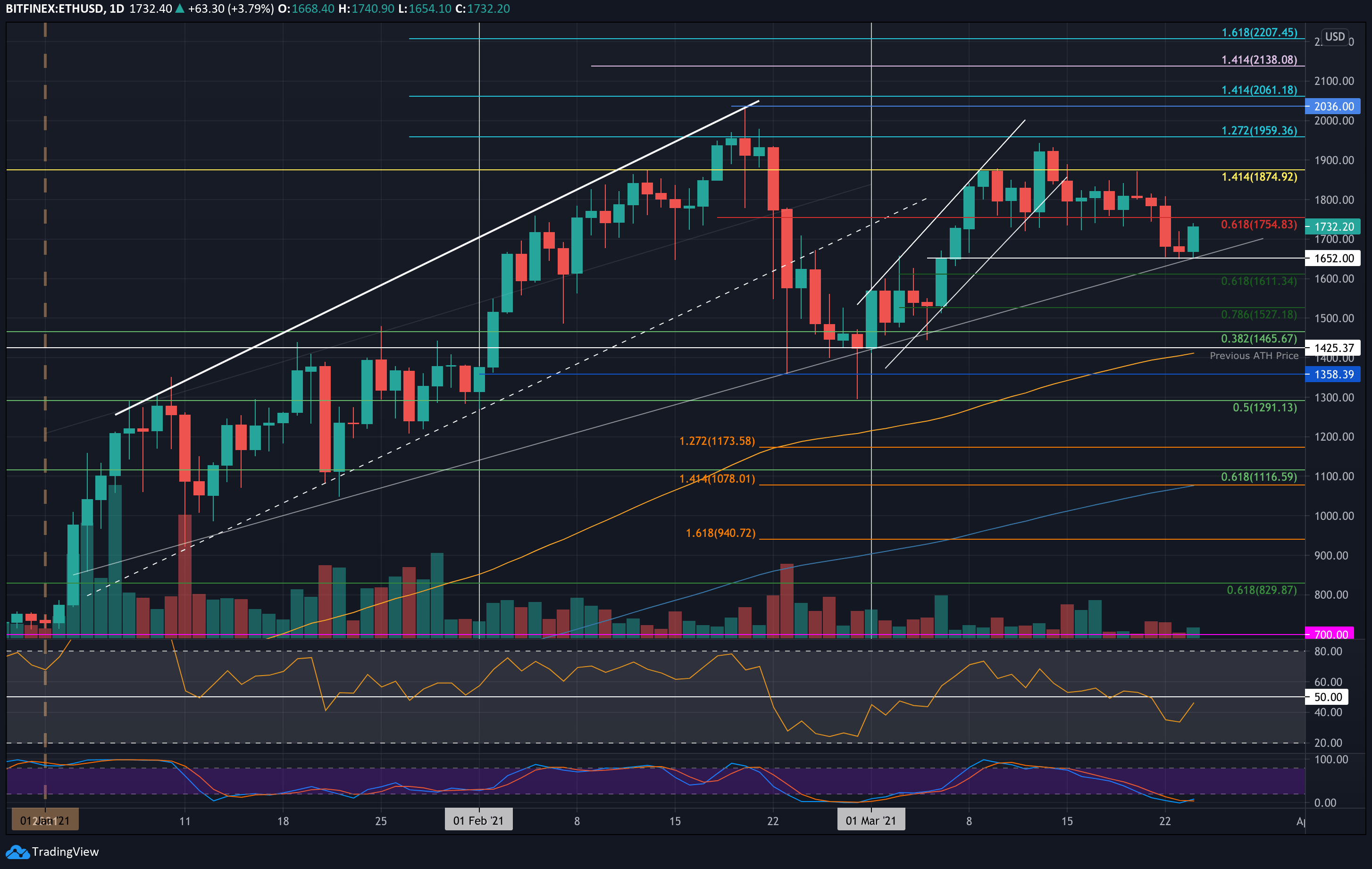
Tether has again demonstrated its immense profitability in the most recent quarter, underscoring its financial stability. In its Q2 financial report for 2023, the company revealed it holds over $3.3 billion in excess reserves, a figure that significantly bolsters the backing of its USDT tokens.
According to the Q2 attestation, Tether’s reserves have experienced remarkable growth, largely due to the profits generated from its existing holdings. Instead of distributing these profits, Tether has chosen to retain them to reinforce its stablecoin reserves, effectively using them as a buffer against potential risks.
USDT is designed to maintain a 1:1 peg to the U.S. dollar, ensuring that every token issued is backed by an equivalent dollar in Tether’s reserves. This 1:1 conversion rate is a cornerstone of the stablecoin’s stability, and the increased reserves act as a safeguard to ensure continued confidence in the asset.
Tether’s blog post accompanying the report highlighted that the company’s excess reserves stem from its ongoing investments, including indirect exposure to U.S. Treasury bills through Money Market Funds and the collateralization of Overnight Repo. Combined, these assets amount to $72.5 billion in Treasuries, reinforcing the stability of Tether’s ecosystem.
Profit Generation and Surplus Reserves: A Strategic Focus
Tether generated an impressive $1.5 billion in net profit during Q1, followed by another $1 billion in Q2. A portion of the Q2 profits, amounting to $115 million, was allocated to share buybacks, with the rest funneled directly into bolstering its reserves. As of June 30, 2023, Tether’s total assets stood at $86.5 billion, compared to $83.2 billion in liabilities of which nearly all ($83.17 billion) are attributed to digital tokens issued.
This financial cushion, approximately 4% higher than its liabilities, addresses past concerns regarding the adequacy of Tether’s reserves and effectively counters criticisms of its previous near-insolvency status. The excess reserves also serve as a buffer against recent global banking instability, particularly in the wake of fractional reserve lending practices and bank failures.
Bitcoin’s Role in Tether’s Strategy
A significant development in Tether’s strategy came in Q1, when the company revealed that 2% of its reserves were allocated to Bitcoin (BTC). This marked a departure from the previous trend, where stablecoin issuers like Tether had traditionally relied solely on U.S. government debt to generate profit. By investing a portion of its reserves in Bitcoin, Tether is diversifying its holdings and enhancing its resilience against traditional market fluctuations.
However, despite the growing importance of Bitcoin as an investment, Tether’s most recent report did not provide specific updates on its Bitcoin allocation. Tether’s CTO, Paolo Ardoino, did mention that the company’s strategy includes a relatively small investment in the Bitcoin mining sector. This, however, remains a minor component of the overall reserve structure, which continues to be dominated by cash and cash equivalents.
As of Q2, 85% of Tether’s assets are held in cash and cash equivalents, ensuring the company maintains an extremely liquid position. This level of liquidity is crucial for Tether’s ability to quickly meet redemptions and maintain its dollar peg, providing a strong sense of stability and trust for users of USDT.
The Competitive Landscape: Circle vs. Tether
Tether’s competitor, Circle – the issuer of USDC – continues to rely heavily on U.S. government debt for its profits, with all of its reserves held in cash. While Tether also holds a substantial portion in government debt, it has strategically diversified its portfolio by incorporating Bitcoin and other investments, thereby enhancing its long-term growth potential.
In comparison, Tether’s approach provides greater flexibility and security, especially in uncertain market conditions. As Tether’s profits continue to flow into reserves rather than shareholder distributions, its ability to remain resilient in the face of financial volatility is increasingly apparent.
The Path Forward: Tether’s Strategic Financial Management
Tether’s commitment to strengthening its reserve position illustrates its long-term vision for stability within the broader cryptocurrency ecosystem. With a growing surplus, Tether is not only enhancing the safety of its stablecoin but also positioning itself as a key player in the future of decentralized finance (DeFi).
The company’s strategy of retaining profits to bolster reserves, coupled with its cautious diversification into Bitcoin and other assets, ensures that it is well-prepared for any challenges that might arise in the evolving financial landscape. As Tether continues to grow and innovate, its robust financial strategy will play a central role in shaping the future of stablecoins and blockchain-based finance.



